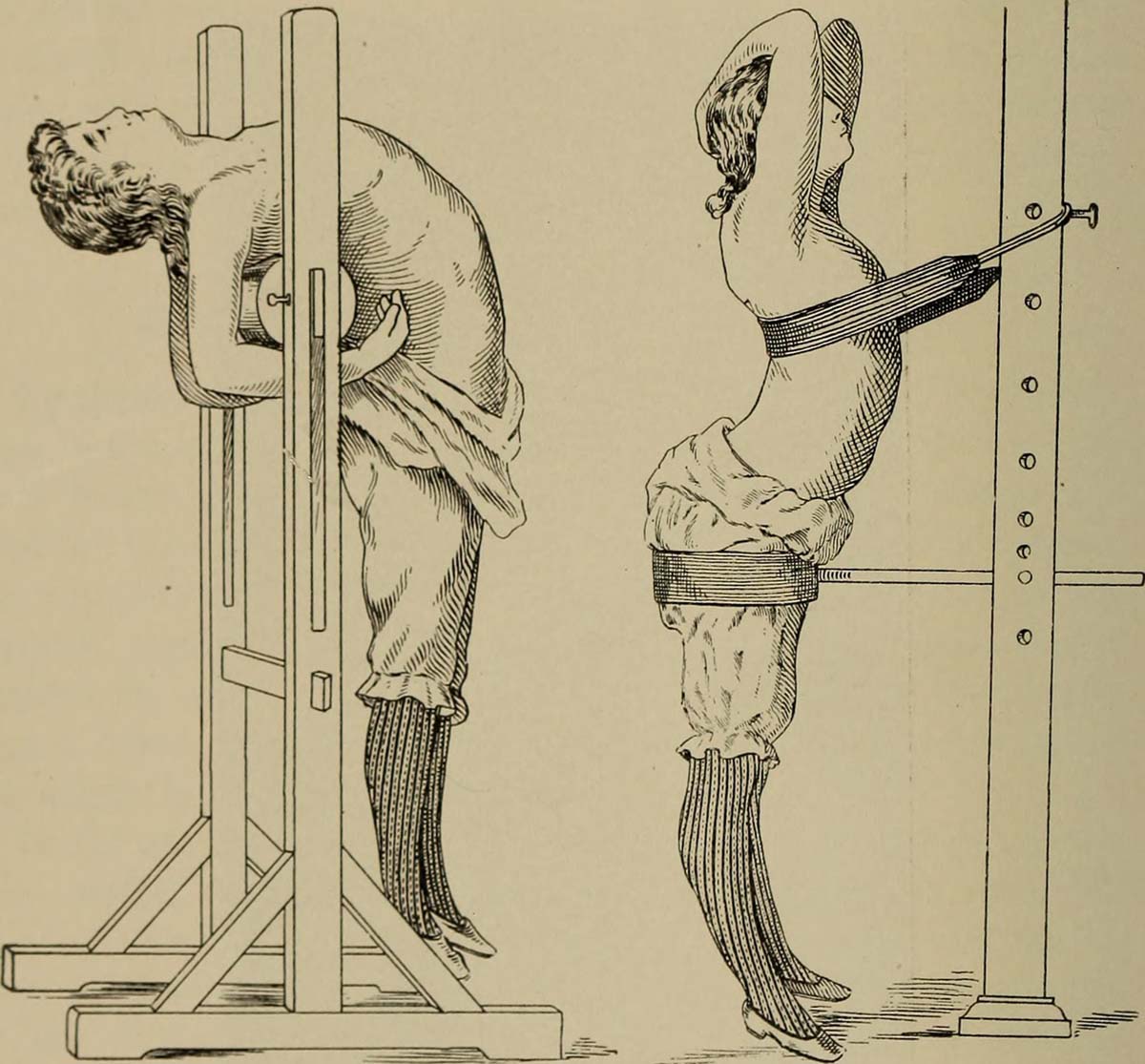
About Kyphosis
Kyphosis represents an excessive forward rounding of the upper back (rounding that exceeds 50 degrees). This spinal deformity is also known under the name of hunchback.
The abnormal curvature of the spine in adults develops as a consequence of developmental problems and it is also associated with several degenerative disorders (arthritis of the spine, osteoporosis that causes compression fractures etc.) or ankylosing spondylitis. Trauma to the spine, Marfan syndrome, tuberculosis and other infections of the spine as well as benign or malignant tumors are several more causes of kyphosis. Children and adolescents usually suffer from postural kyphosis, Scheuermann's kyphosis and congenital kyphosis.
Kyphosis always leads to slouching posture (hunchback), mild back pain and may be associated with spinal stiffness or tenderness. Some patients additionally complain about fatigue. The condition may be asymptomatic and is usually found during routine physical examination or a school screening for scoliosis.
Therapy for Kyphosis
Treatment for kyphosis depends of the underlying condition and symptoms and signs of the deformity.
Postural kyphosis requires exercising (physical therapy) that strengthens back muscles and maintaining a correct posture. Sleeping in firm bed may help as well. This condition does not progress and may improve over time. Structural kyphosis is treated differently depending on patent's age, severity of the condition and rigidity of the spinal curve. Some cases are only monitored while other require pain killers. Kyphosis caused by osteoporosis needs to be treated with certain medications. Only this way potential fractures can be prevented. In case fractures have already occurred they require special treatment.
Severe kyphosis is always treated aggressively. It requires bracing and may be treated surgically. The treatment is supposed to start as soon as possible. Bracing is necessary in patients who are still growing (teenagers) and suffer from moderate to severe kyphosis. Braces may improve the abnormal curvature and stop further progression of the disease. Braces can also be used in adults. However, their function is then not associated with correction of the posture but they help reducing the pain.
Surgery for kyphosis is the last treatment option kept only for severe cases that cannot be controlled with conservative treatment. Surgery is also performed in patients with progressive kyphosis and those suffering from excruciating pain that does not respond to pain killers. Patients suffering from tumors and those with severe neurological problems are also candidates for the surgery. The goal of the surgery for kyphosis is reduction of the degree of the spinal curvature abnormality. There are certain risks and complications associated with the surgery and it may need to be repeated.




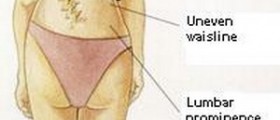




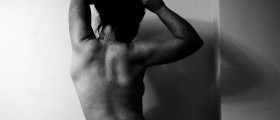

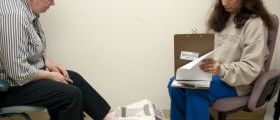

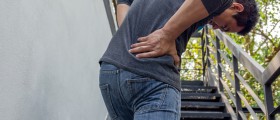
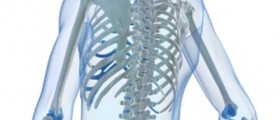


Your thoughts on this
Loading...